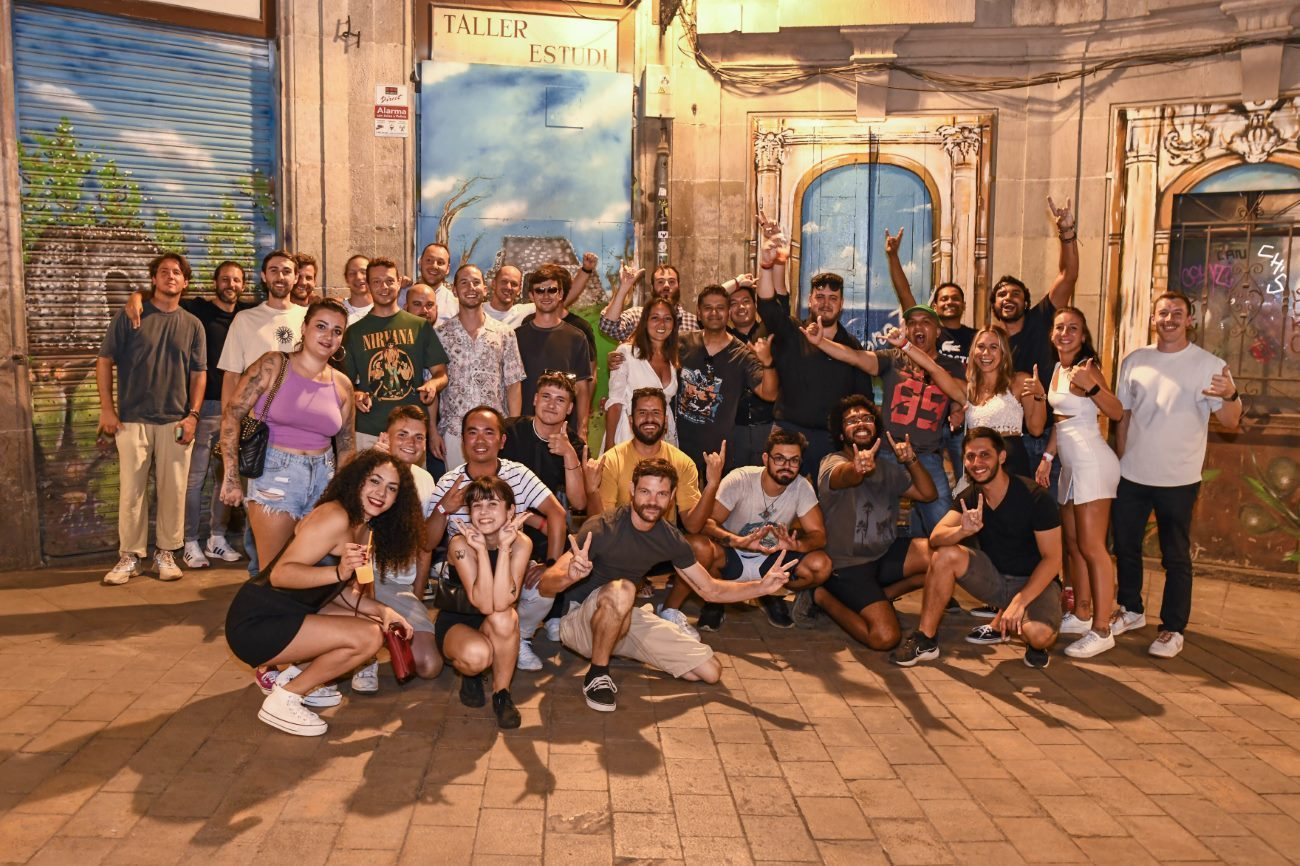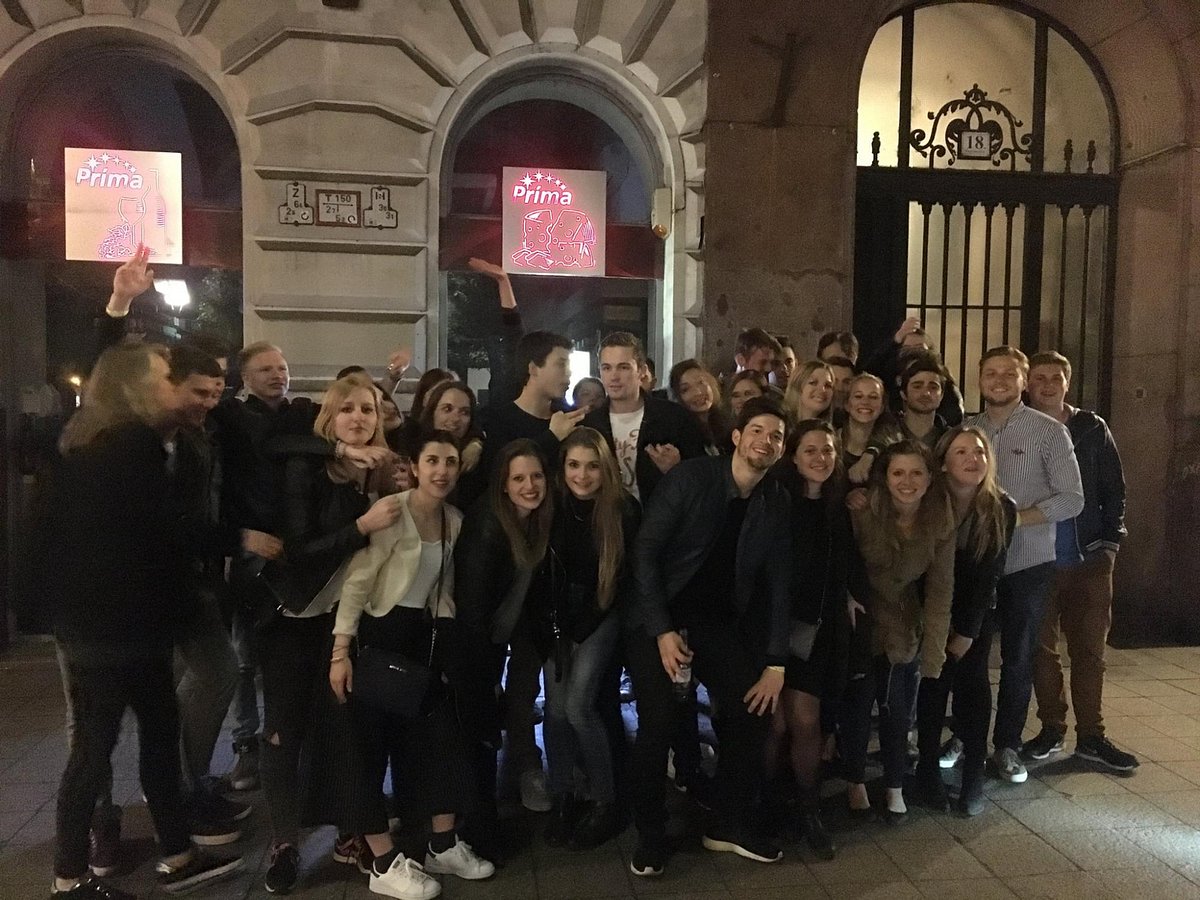When it comes to cocktails, local color and other complicated things, Budapest’s ruin bars are undoubtedly on the list. These are a mix of venues and have seen a significant acceptance by the people of the city and many visitors. In this blog post, I want to share with you more about the history of ruin bars and find out the history behind them.
What are Ruin Bars?
Deriving from the first years of the millenium, the so-called ruin bars are temporary and unofficial clubs and bars created in spaces of ruins mostly in Budapest, in District VII or the Jewish quarter. These buildings were abandoned post the World War II and the fall of communism; they got a new lease of life when several imaginative businessmen found efficient ways to convert them into trendy bars and clubs.
The Birth of Szimpla Kert
The first and still largely unique ruin bar location in Budapest was that of Szimpla Kert, which was established in 2002. Having started at a poorly constructed building Szimpla Kert soon became a local favourite and initiated the ruin bar phenomenon.
The particular appeal of Szimpla Kert is to be consequently traced in the artistic appearance of the interior. Visitors are able to stroll through an array of furniture, antiques and numerous rust finds of furniture and other materials. The principal reason for this is related to the arts, the night itself being electrifying, music, films and many events, which may take place here.
The renewal project of the Jewish quarter
Gradually as more ruin bars started opening especially in the Jewish quarter the place went through a dramatic transition. What was nearly a dead zone in the city transforms into one of the most thriving artistic, musical, and business melting pots. The ruin bars resurrected the significance of the abandoned structure, allowing the neighborhood to reach new life.
Instant and Fogas Ház
Once Szimpla Kert emerged with success of ruin bars, there were others such as Instant and Fogas Ház. INSTANT which sprung from an abandoned apartment block recreates the image of an urban subterranean club peppered with graffiti. Everything ranged from live music, performances by DJs, and theater performances are incorporated under this program.
Fogas Ház, which is on the other hand is a seven storey funicular ruin bar with a different theme for each floor. Be it rooftop parties, exhibitions, Fogas Ház is one place that attracts both the Hungarians and tourists from other parts of the world.
Ruin Bars: More Than Just Nightlife
In addition to their beautiful folklore and lively atmosphere, ruin bars have occupied important position in Budapest culture and society. These places have developed not only as a gallery for art work but also as grounds for showcase of different exhibitions, concerts and performance.
Besides, ruin bars are famous for their environmentally friendly policies. A lot of them is aimed at using materials often and encouraging people to be environmentally friendly. Yet this sustainability aspect fits perfectly with the general vision of Budapest as a green city.
Desolate with Szimpla Sundays
However, apart from the night time activities, ruin bars can have other activities such as Ruined Gardens and Szimpla Sundays. Its objectives are environmental conservation, home farming and neighborhood involvement. Besides leisure, visitors can attend and engage in workshops, shop for and purchase locally grown fruits and vegetables, or just catch a few moments enjoying the verdant surroundings of the bars created within the space.
Conclusion
Here in Budapest, ruin bars are not only places to get a drink or dance late into the night. They are walking historical, social and cultural spaces where people have been able to transform themselves and endure . Visiting such places also provides excitement of visiting an unusual artistic setting Moreover, visitors will be able to learn more about the remarkable stories about the places they are included in and their history.
Regardless of whether you pride yourself on being an art lover, a history fan, or a lover of night life, it will be a great mistake not to get lost in the atmosphere of Budapest’s ruin bars.





